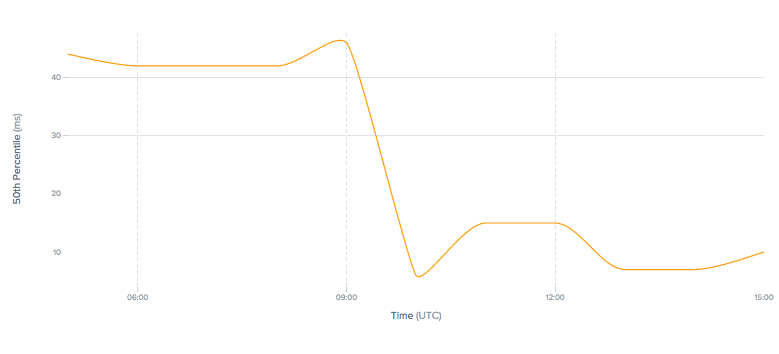0
Can you imagine Mars with Saturn-like rings?
It’s hard to fathom and may be even harder for it to happen but a couple NASA-funded scientists say Mars might have had Saturn-like rings around it in the past and may have them again sometime in the distant future.NASA’s Jet Propulsion Lab said Purdue University scientists David Minton and Andrew Hesselbrock developed a model that suggests debris that was pushed into space from an asteroid or other body slamming into Mars around 4.3 billion years ago alternates between becoming a planetary ring and clumping together to form a moon.More on Network World: Elon Musk’s next great adventure: Colonizing Mars+To read this article in full or to leave a comment, please click here


 Latency (ms) decreases 6x for UCOM Internet user in Yerevan to Cloudflare. Source:
Latency (ms) decreases 6x for UCOM Internet user in Yerevan to Cloudflare. Source: 
 The new funding brings Innovium’s total financing to $90 million.
The new funding brings Innovium’s total financing to $90 million. It’s based on the Linux Foundation’s Hyperledger open source effort.
It’s based on the Linux Foundation’s Hyperledger open source effort. MVNOs could rent the access layer from the operator but deploy their own VNFs.
MVNOs could rent the access layer from the operator but deploy their own VNFs.